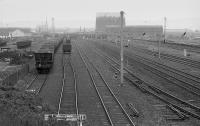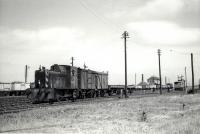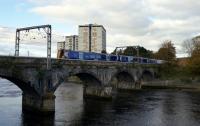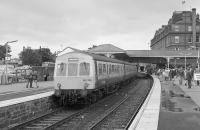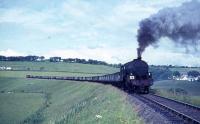Ayr and Dalmellington Railway
Introduction
This line is open for freight between Dalrymple Junction and Chalmerston near Dalmellington. Currently there is no traffic (2018). A section was re-opened from Holehouse Junction to the Broomhill Loading Pad (opencase) site, but has been uplifted. The line also includes the section from Falkland Junction in the north of Ayr through the new Ayr station to Dalrymple Junction, still in use for passengers and freight for Stranraer. A short portion of this line, the Ayrshire and Galloway Railway was built in isolation for the Dalmellington Iron Works before the rest of the line. This company was intended to build a line along a similar route to the Ayr and Dalmellington Railway but collapsed with only the middle portion built by the Houldsworths, owners of the iron works.
Dates
Portions of line and locations
This line is divided into a number of portions.
Ayr to Waterside
This junction is to the north of Newton-on-Ayr station. Today it is where the lines of Falkland Yard fan out on either side of the line, particularly to the west on the approach to Ayr Harbour.
...
See also
Glasgow, Paisley, Kilmarnock and Ayr Railway
Falkland Yard and Ayr Harbour (Glasgow and South Western Railway)

G H Robin collection by courtesy of the Mitchell Library, Glasgow 04/07/1959
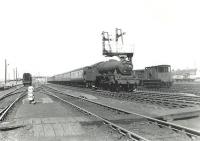
G H Robin collection by courtesy of the Mitchell Library, Glasgow 04/07/1959
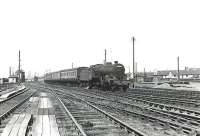
G H Robin collection by courtesy of the Mitchell Library, Glasgow 04/07/1959
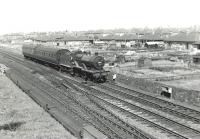
G H Robin collection by courtesy of the Mitchell Library, Glasgow 04/07/1959
This yard is in the north of Ayr, directly north of Newton-on-Ayr station. The yard is largely associated with the operation of Ayr Harbour for coal export and the various Ayrshire coal loading points. With the demise of Scottish Coal (April 2013) and the reduced demand for coal for power stations the yard is now very under used.
...
See also
Falkland Yard and Ayr Harbour (Glasgow and South Western Railway)
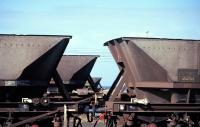
David Spaven 19/03/2010
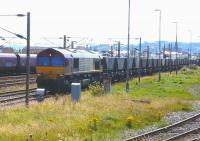
...
Colin Miller 04/08/2008
This is a two platform in the Newton area of Ayr, to the north of the River Ayr. The station is to the south of Falkland Yard and just north of Newton Junction.
...
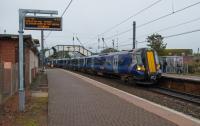
Ewan Crawford 07/09/2017
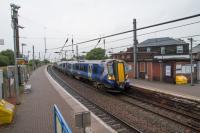
Ewan Crawford 07/09/2017
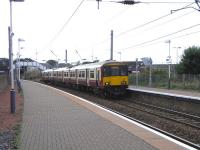
David Panton 02/09/2009
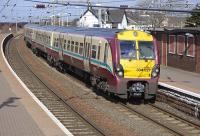
...
Bill Roberton 19/03/2010
This 1870 junction was south of Newton-on-Ayr station (1886). Four lines meet here, the main Glasgow to Ayr railway and branches to Ayr Harbour and Mauchline on the main line to Carlisle.
...
See also
Falkland Yard and Ayr Harbour (Glasgow and South Western Railway)
Ayr and Mauchline Line (Glasgow and South Western Railway)
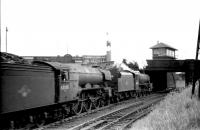
Bill Hamilton 03/10/2018
This shed was located with the triangle of lines south of Newton-on-Ayr and north of Ayr. It opened in 1879, just after the Ayr and Mauchline Line (Glasgow and South Western Railway) of 1870 which created the triangular junction. It replaced Ayr Shed [1st], on the line to the original Ayr [1st] terminus, as the main Ayr shed.
...

Roger Geach 11/05/1985
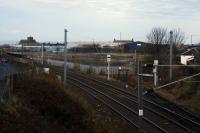
Colin Miller 16/11/2019
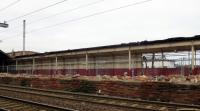
Colin Miller 04/01/2019
This was the 1870 junction between the main line from Glasgow and the line from Mauchline, giving both lines access to Ayr. It was a double track curve. The signal box, opened with the junction, was on the east side of the junction, just north of Hawkhill Avenue. The box was replaced with a larger box on a similar site.
...
See also
Ayr and Mauchline Line (Glasgow and South Western Railway)
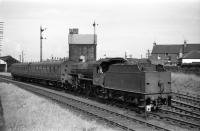
Bill Hamilton //1960
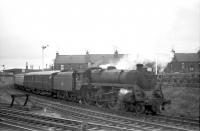
Bill Hamilton //
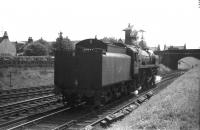
Bill Hamilton //1961
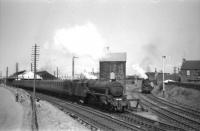
Bill Hamilton //
This is a double track masonry four arch viaduct which crosses the River Ayr, also known as River Ayr Viaduct. The viaduct is around 320 ft long.
...
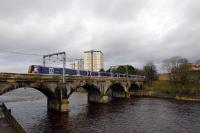
Colin Miller 22/11/2020
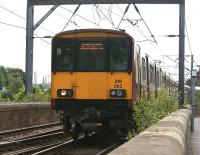
John McIntyre 03/07/2010

Bill Roberton 19/07/2012
This station was immediately south of the Ayr Viaduct over the River Ayr and north of the Kyle Street bridge. This was a two platform station on the Ayr and Dalmellington Railway.
...
This station has four platforms - two through platforms on the route to Stranraer and two bays for traffic to the north.
...
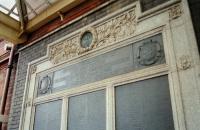
Ewan Crawford //2002

Colin Miller 03/12/2023
On the west side of the line and south of Ayr station is Townhead depot, where the electric trains operating to Glasgow Central are stabled.
...
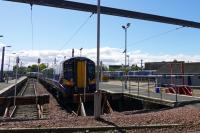
Colin Miller 02/05/2020
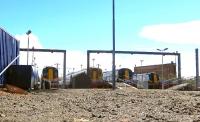
Colin Miller 26/04/2015
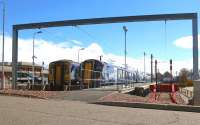
Colin Miller 26/04/2015
This level crossing is south of Ayr. The double track line south to Dalrymple Junction crosses Belmont Road on the level.
...
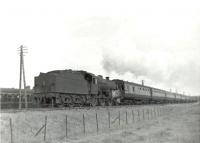
G H Robin collection by courtesy of the Mitchell Library, Glasgow 06/08/1960
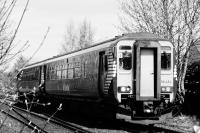
Colin Miller 17/04/2020
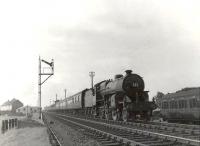
G H Robin collection by courtesy of the Mitchell Library, Glasgow 06/08/1960
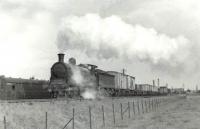
G H Robin collection by courtesy of the Mitchell Library, Glasgow 06/08/1960
This was a junction south of Ayr. It was the junction between the 1906 Maidens and Dunure Light Railway (Glasgow and South Western Railway) (Carrick Coast line) and the 1856 Ayr and Dalmellington Railway.
...
See also
Maidens and Dunure Light Railway (Glasgow and South Western Railway)
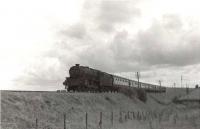
G H Robin collection by courtesy of the Mitchell Library, Glasgow 25/07/1960
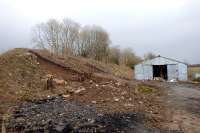
Colin Miller 29/03/2015
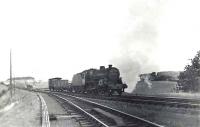
G H Robin collection by courtesy of the Mitchell Library, Glasgow 15/08/1959
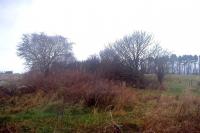
Colin Miller 26/12/2014
This signal box was south of Alloway Junction, Ayr. It controlled access to Glengall Siding. This was the siding for Ailsa Hospital, originally the 'District Lunatic Asylum (Ayr)'. The siding was reached via a headshunt which made a trailing connection to the southbound line.
...
The railway is double track from Dalrymple Junction north to Ayr. Both the lines to Girvan and Waterside are single track. The single track lines meet and the line doubles to the north of the junction.
...
See also
Ayr and Maybole Railway
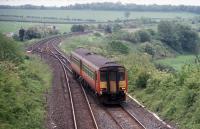
Roger Geach Collection /05/1992

Ewan Crawford /12/1993
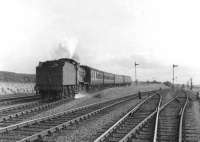
G H Robin collection by courtesy of the Mitchell Library, Glasgow 06/08/1960

G H Robin collection by courtesy of the Mitchell Library, Glasgow /09/1940
This was a short lived four platform interchange station just south of Dalrymple Junction. The platforms were short.
...
See also
Ayr and Maybole Railway
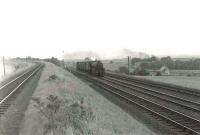
G H Robin collection by courtesy of the Mitchell Library, Glasgow 05/08/1960
This is an impressive viaduct. It is a single track, sixteen arch viaduct crossing over the Purclewan Burn (or, more particularly, the low land on either side).
...
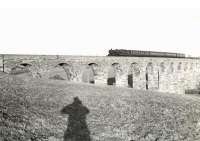
G H Robin collection by courtesy of the Mitchell Library, Glasgow 28/03/1959
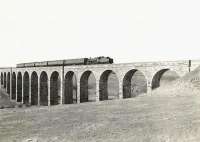
G H Robin collection by courtesy of the Mitchell Library, Glasgow 28/03/1959
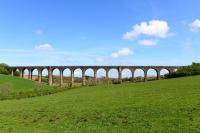
John Gray 29/04/2014

John Furnevel 01/12/1971
This junction was a little east of Burnton Viaduct. The main line from Ayr to Dalmellington was single track and the branch to Coylton was also single track. The Coylton Branch (Dalmellington Iron Company) route was approached from the east and turned north, passing through Potterston Junction Loop to run north east by Martnaham Loch to Coylton.
...
See also
Coylton Branch (Dalmellington Iron Company)
This single platform station opened to passengers and goods in 1856. The platform was on the north side of the single track. There was a goods yard at the east end of the station, on the north and south sides of the line, approached from the east.
...
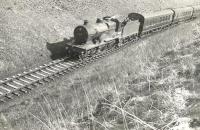
G H Robin collection by courtesy of the Mitchell Library, Glasgow 28/03/1959

G H Robin collection by courtesy of the Mitchell Library, Glasgow 28/03/1959
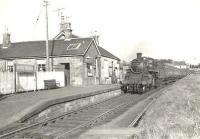
G H Robin collection by courtesy of the Mitchell Library, Glasgow 28/03/1959
This was an interchange platform with two faces in the 'V' of Holehouse Junction. The 1856 line from Ayr to Dalmellington was met by a 1872 branch from Belston Junction via Rankinston giving it access towards Dalmellington and particularly the Dalmellington Iron Works at Waterside. Both lines were single track.
...
See also
Ayr and Cumnock Line (Glasgow and South Western Railway)

G H Robin collection by courtesy of the Mitchell Library, Glasgow 28/03/1959
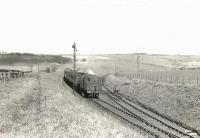
G H Robin collection by courtesy of the Mitchell Library, Glasgow 28/03/1959

Bill Roberton 16/07/1998
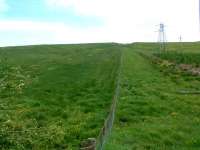
Ewan Crawford //
Junction for the Downieston No 1 pit and ng to Carnochan No 1 - reached by timber bridge. ...
More detailsThe original Patna station was directly south of the Downieston bridge. There was a short platform on the west side of the line with a building. There was a signal box at the north end of the platform.
...
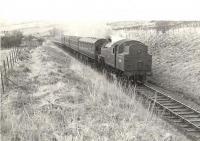
G H Robin collection by courtesy of the Mitchell Library, Glasgow 28/03/1959
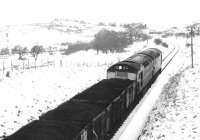
John Furnevel 01/12/1971
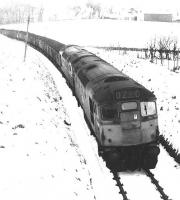
John Furnevel 01/12/1971
This replaced the original Patna [1st] station, with the platform moving from directly south of the Downieston bridge to south of the goods shed. There was a single platform on the west side of the line. What had been a siding on the west side of the line was looped at the south end and the platform opened alongside. This gave the station a goods bypass.
...
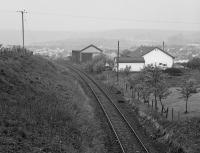
...
Bill Roberton //1988

Ewan Crawford //1996
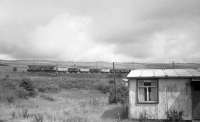
Bill Roberton //1973
Coal mine, 70 fathoms deep. Retained for pumping after closure - date of closure unknown and date of pumping ceasing assumed. ...
More details
Waterside to Sillyhole
This portion was the only portion of the failed Ayrshire and Galloway Railway to open, it served the Dalmellington Iron Works. It opened in isolation and was later reached and extended by the Ayr and Dalmellington Railway.
Sillyhole to Dalmellington
This was the terminus of the line from Ayr. The station was laid out with a goods yard on the west side, passenger station in the middle and locomotive shed to the east, with turntable. The locomotive shed was probably originally the goods shed. The signal box (1884) was on the east side of the station throat.
...
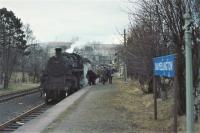
Brian Haslehust 04/04/1964
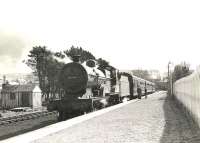
G H Robin collection by courtesy of the Mitchell Library, Glasgow 28/03/1959
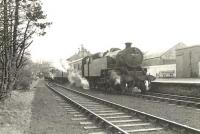
G H Robin collection by courtesy of the Mitchell Library, Glasgow 28/03/1959
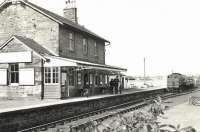
G H Robin collection by courtesy of the Mitchell Library, Glasgow 28/03/1959
Books










